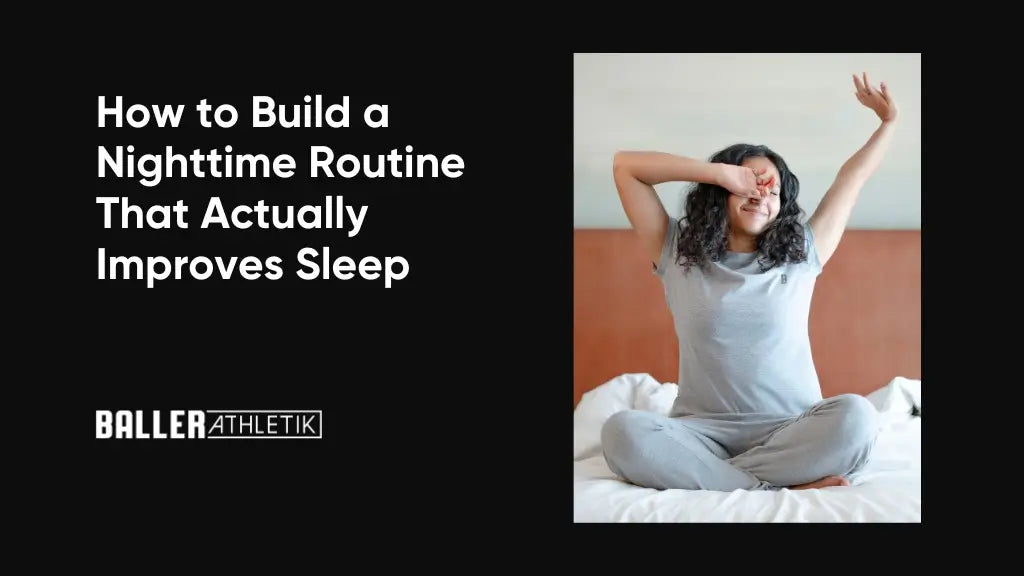Sleep technology has evolved dramatically over the last few years, and one of the most exciting advancements is infrared garments. Once confined to professional sports, wellness clinics, and medical recovery settings, infrared technology is now transforming the sleepwear industry. Designed to enhance rest, recovery, and nighttime comfort, infrared sleepwear may be the next big revolution in deep sleep and recovery. But how exactly does it work? And why is it gaining so much attention? Let’s break it down.
How Infrared Technology Works in Garments
To understand the impact of infrared clothing, it helps to unpack the science behind the technology.
The Science Behind Infrared
Infrared is a type of electromagnetic radiation that we cannot see but can feel as gentle heat. It’s the same warm sensation you feel when sunlight hits your skin—comforting, soothing, and naturally relaxing. Infrared wavelengths can penetrate deeper into the body than ordinary heat, stimulating cellular function, boosting circulation, and supporting recovery.
Infrared garments use mineral-infused fabrics that absorb the body’s radiant heat and reflect it back as Far Infrared (FIR) energy. This is the foundation of today’s advanced infrared clothing and deep sleep technology.
The Connection Between Sleep and Infrared Garments
We already know how critical restorative sleep is. However, fewer people realize how what you wear to bed can influence sleep quality.
A Quick Look at Sleep Science
During sleep, the body cycles through light sleep, deep sleep, and REM sleep. Deep sleep is where most physical repair, cellular regeneration, and hormonal balancing occur. Factors like temperature, circulation, stress, and muscle tension can impact how smoothly your body enters and maintains these stages.
That’s where infrared sleepwear can make a difference.
How Infrared Garments Improve Sleep
Infrared garments work by reflecting natural FIR energy back into the skin. This boosts micro-circulation, optimizes body temperature, and promotes a calm, relaxed environment ideal for deeper rest.
Here’s what happens when you sleep in infrared clothing:
- Improved blood flow helps your body repair muscles faster.
- Enhanced thermoregulation keeps you comfortable all night.
- Better melatonin response supports the circadian rhythm.
- Reduced inflammation and soreness helps you wake up refreshed.
Key Benefits of Infrared Garments on Sleep
Infrared sleepwear isn’t just about warmth—it’s about supporting your body’s natural recovery systems.
Enhanced Sleep Quality
By improving circulation and promoting relaxation, infrared sleepwear helps the body slip into deeper, more restorative sleep cycles. Many users report fewer wake-ups and a higher sense of restfulness.
Improved Circulation
Infrared energy encourages vasodilation—widening of blood vessels—which enhances blood flow. This can support muscle recovery, reduce nighttime restlessness, and increase overall comfort.
Better Temperature Regulation
Temperature swings are one of the biggest sleep disruptors. Infrared garments help maintain an optimal thermal balance, reducing overheating, chills, and sweat episodes through the night.
Natural Melatonin Support
The gentle FIR warmth signals the body to unwind, supporting melatonin—the hormone that regulates sleep. This makes infrared sleepwear a natural ally for those struggling with sleep onset or sleep depth.
Benefits of Infrared Sleepwear
| Benefit | How It Helps Sleep |
|---|---|
| Enhanced Circulation | Promotes muscle recovery and reduces nighttime restlessness |
| Thermoregulation | Keeps body temperature stable for uninterrupted sleep |
| Deep Sleep Technology | Boosts relaxation and supports entry into deeper sleep stages |
| Melatonin Stimulation | Encourages natural sleep hormone production |
Real User Experiences with Infrared Garments
Sleep Stories
Many users describe better sleep satisfaction after switching to infrared sleepwear, including:
- Fewer nighttime disruptions
- Faster sleep onset
- Feeling refreshed and energised in the morning
- Reduced muscle tension and soreness
Study Findings
Scientific studies also show promising results. Participants using infrared clothing often report deeper sleep, improved energy levels, and measurable enhancements in circulation and recovery.
Conclusion
Infrared garments aren’t just another sleep trend—they represent the future of deep sleep technology. By combining innovative infrared fabric with performance-driven design, these garments help the body relax, recover, and recharge during the hours that matter most. If you’ve been struggling with poor sleep quality or nighttime discomfort, infrared sleepwear might be the upgrade your nightly routine needs.
FAQs
1. What exactly are infrared garments?
Infrared garments are made from mineral-infused fabrics that reflect your body’s natural infrared energy back into the skin, supporting circulation, thermoregulation, and sleep quality.
2. Is infrared sleepwear safe to use every night?
Yes. Infrared clothing uses non-invasive, natural FIR energy and is considered safe for daily and nightly use.
3. Can infrared garments help me fall asleep faster?
Many users report that the gentle warmth and relaxation from infrared technology help them unwind quicker, supporting faster sleep onset.
4. Does infrared clothing really improve circulation?
Yes. FIR energy promotes vasodilation, increasing blood flow and supporting muscle recovery—especially beneficial during nighttime rest.
5. Are infrared garments helpful for people who wake up often at night?
Infrared sleepwear may help by regulating body temperature and reducing discomfort, two major causes of nighttime awakenings.
6. Can I wear infrared garments for daytime recovery?
Absolutely. Infrared clothing is widely used for athletic recovery, reducing muscle fatigue, and improving circulation during the day as well.
7. How long does it take to notice the sleep benefits?
Most people experience improvements within a few days to a couple of weeks, depending on lifestyle, sleep hygiene, and consistency of use.




